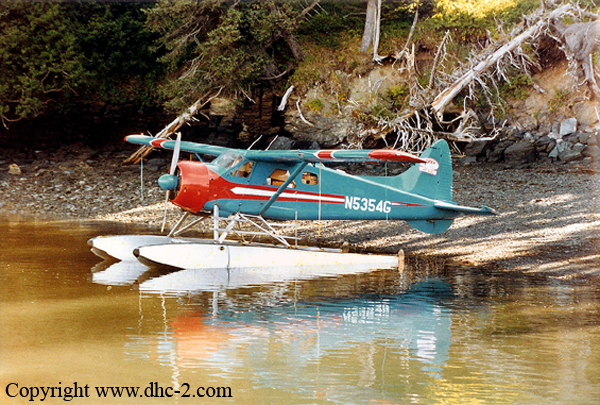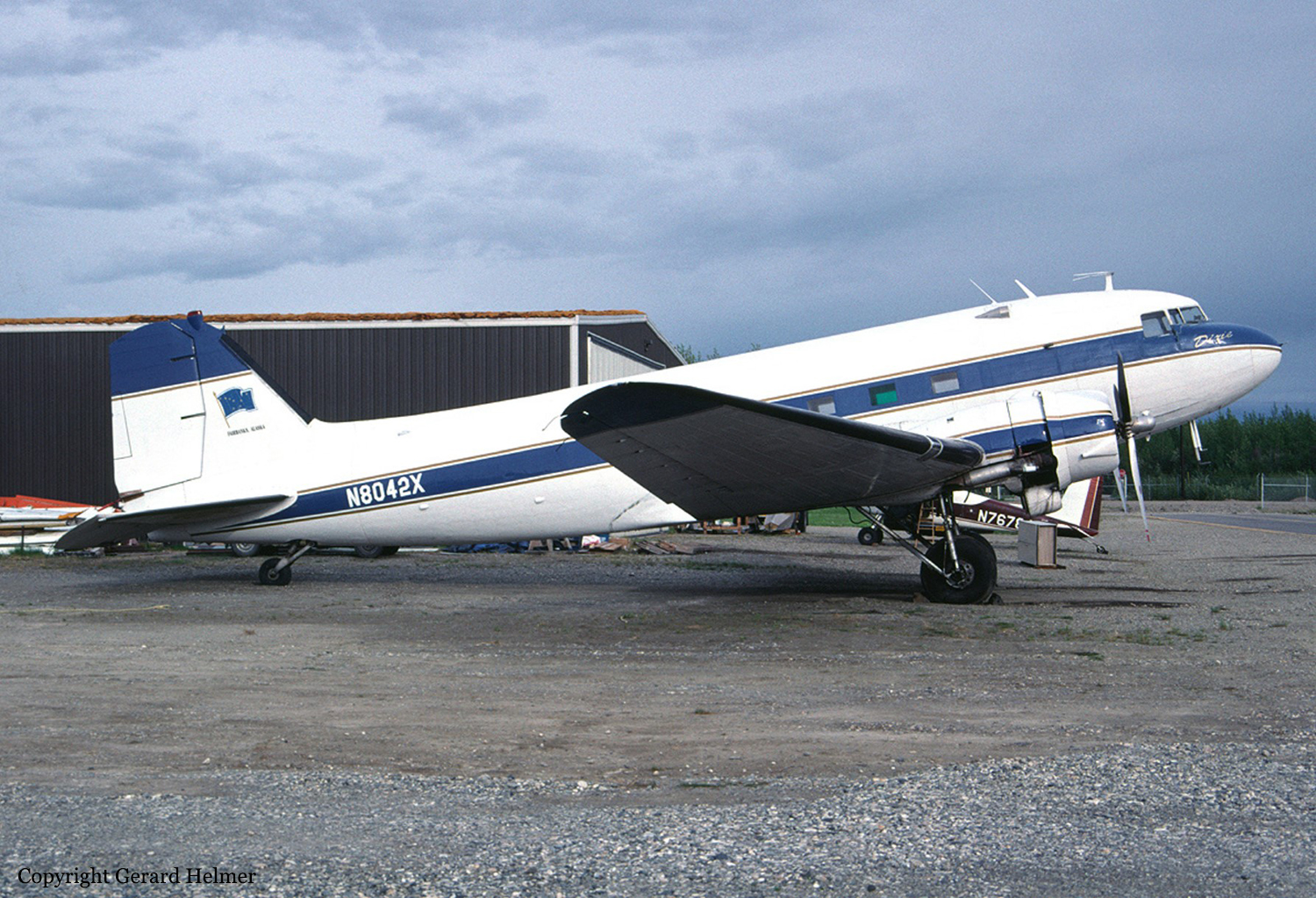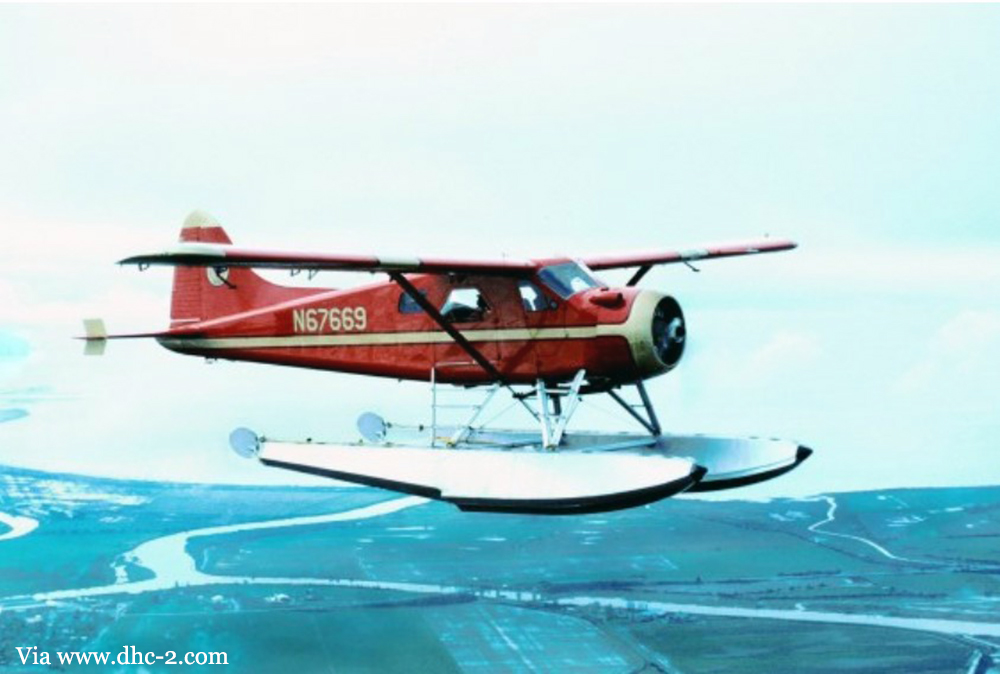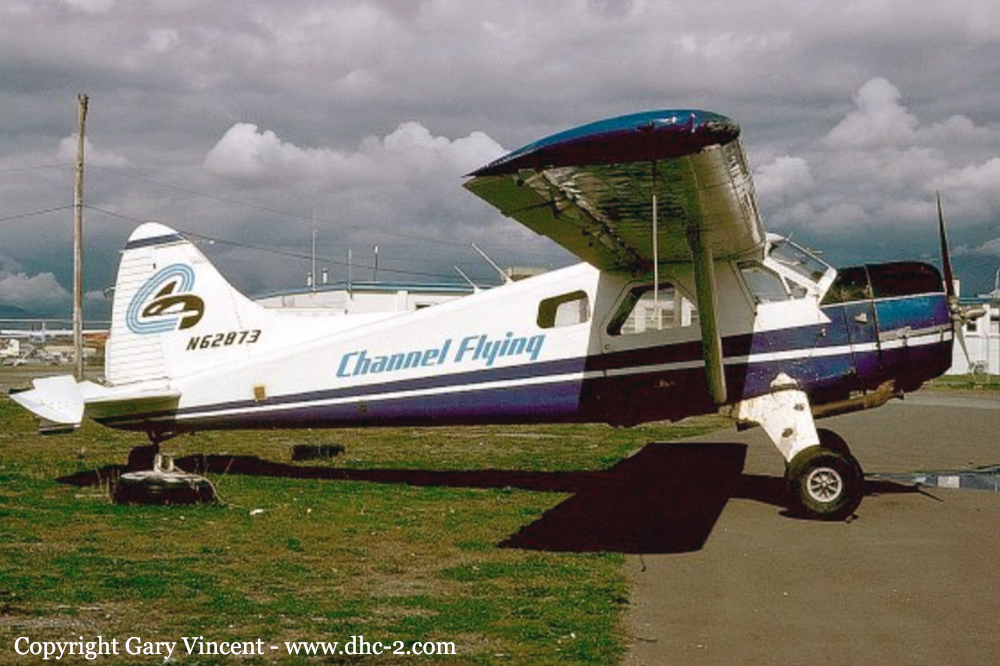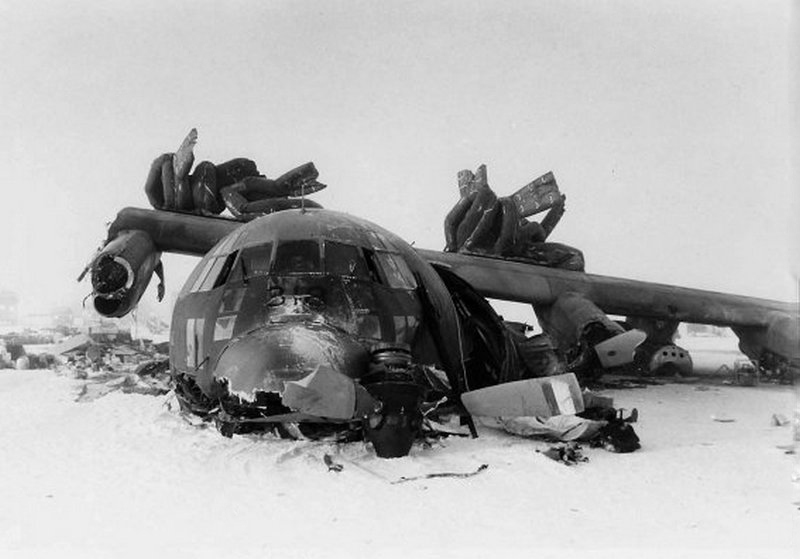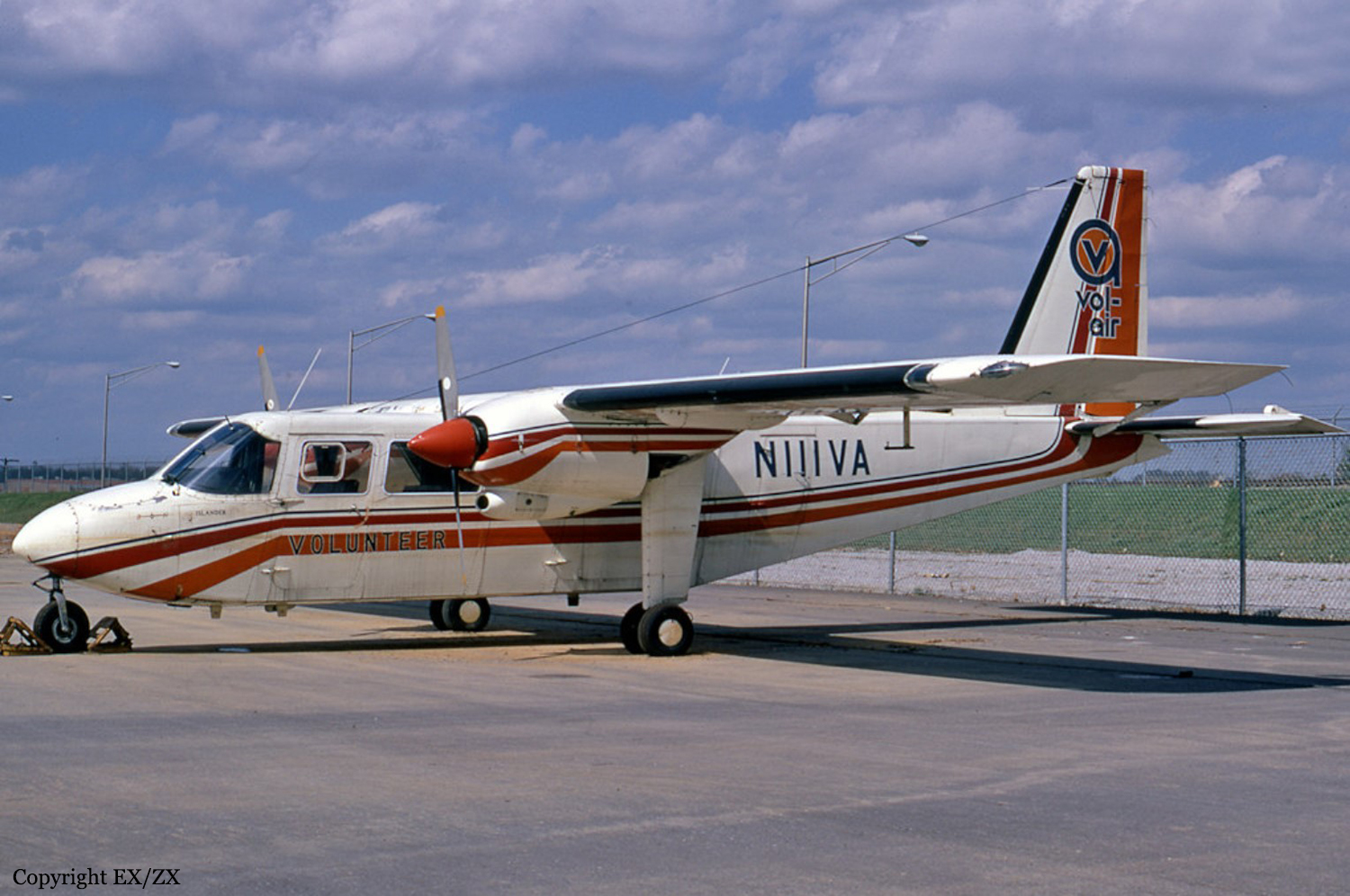Crash of a Cessna 207 Skywagon near Tanana
Date & Time:
Aug 11, 1989 at 1130 LT
Registration:
N6370H
Survivors:
Yes
Schedule:
Fairbanks - Huslia
MSN:
207-0497
YOM:
1979
Crew on board:
1
Crew fatalities:
Pax on board:
1
Pax fatalities:
Other fatalities:
Total fatalities:
0
Captain / Total hours on type:
4.00
Aircraft flight hours:
6680
Circumstances:
The airplane collided with a mountain at the 2,936 foot level. At the time of the accident the weather was 500 obscured, visibility two miles, with fog. The airplane was on a company vfr flight plan. The airplane was substantially damaged. The pilot was seriously injured, and the passenger received minor injuries.
Probable cause:
Pilot-in-command's improper inflight planning and decisions. He flew into weather that was known to be adverse, and the environmental conditions adversely affected his ability to safely complete the flight.
Final Report:


